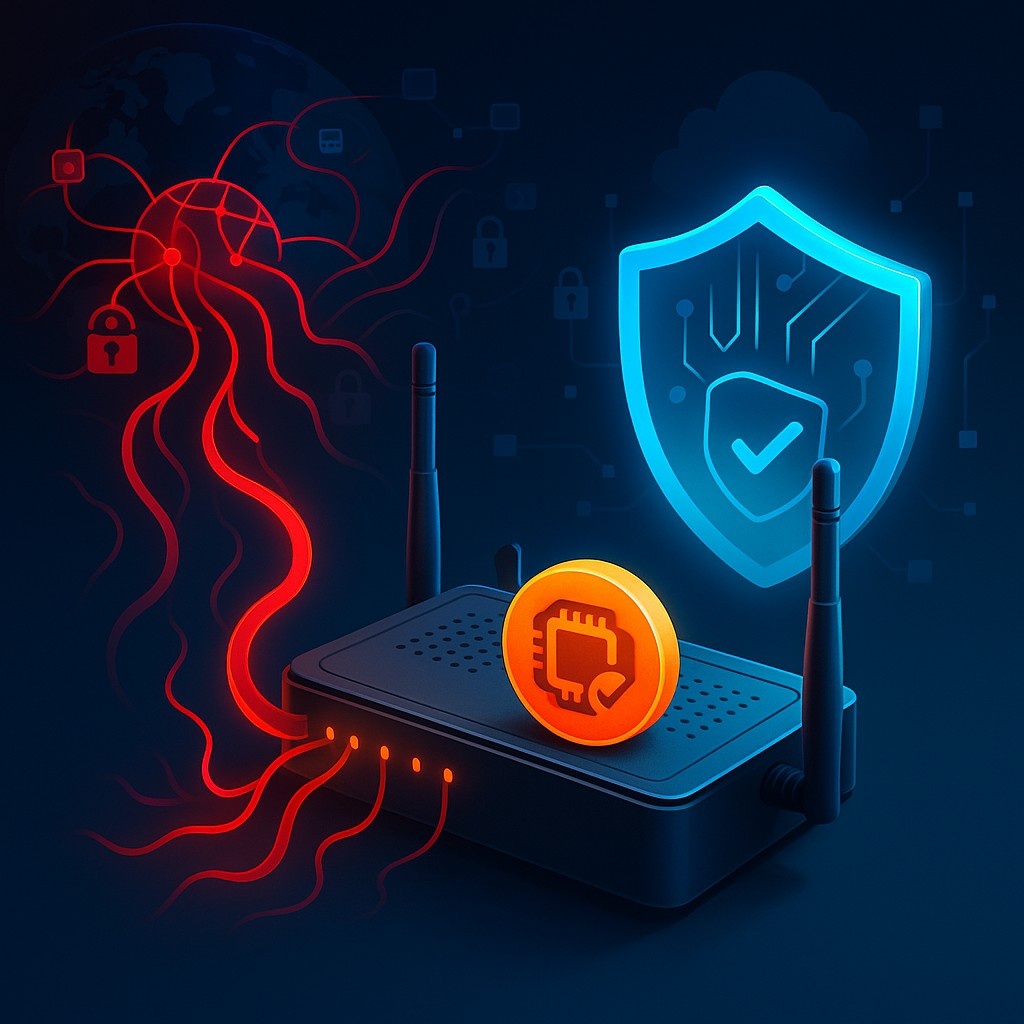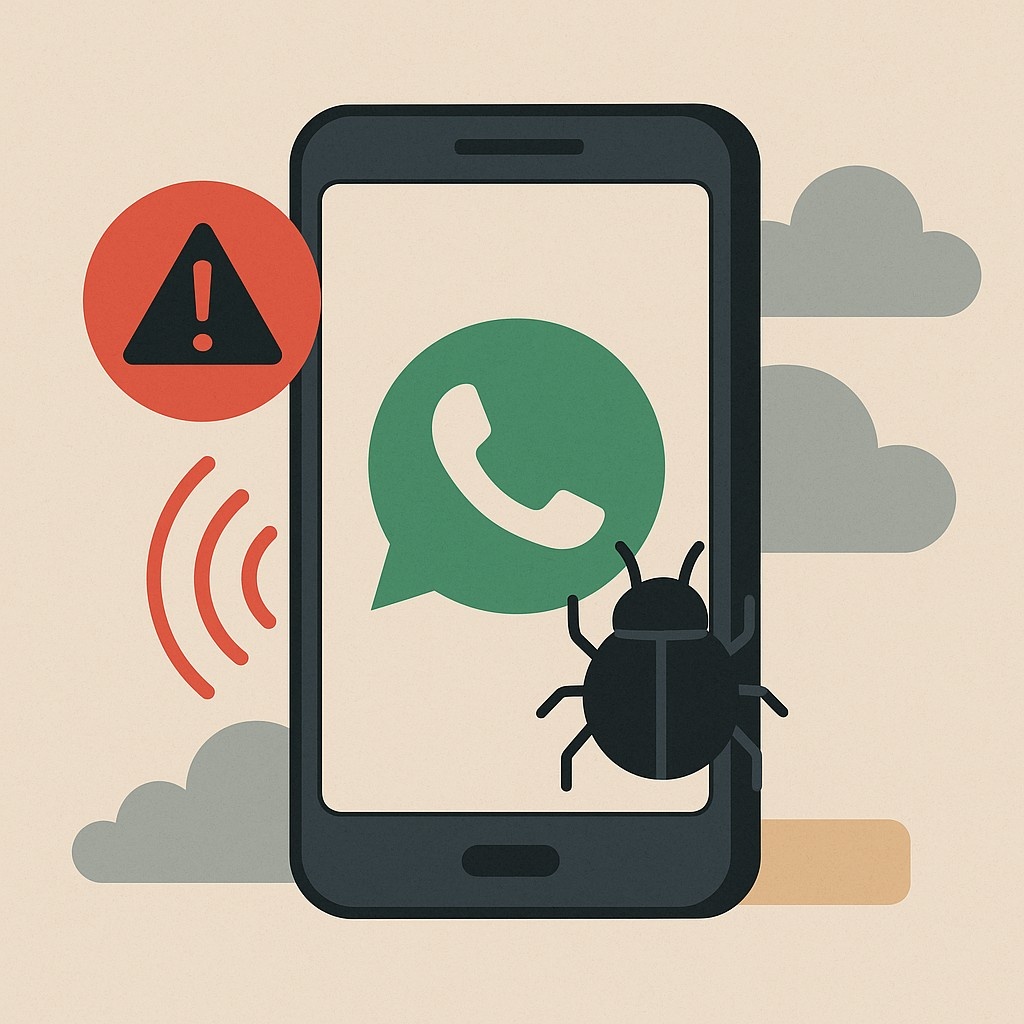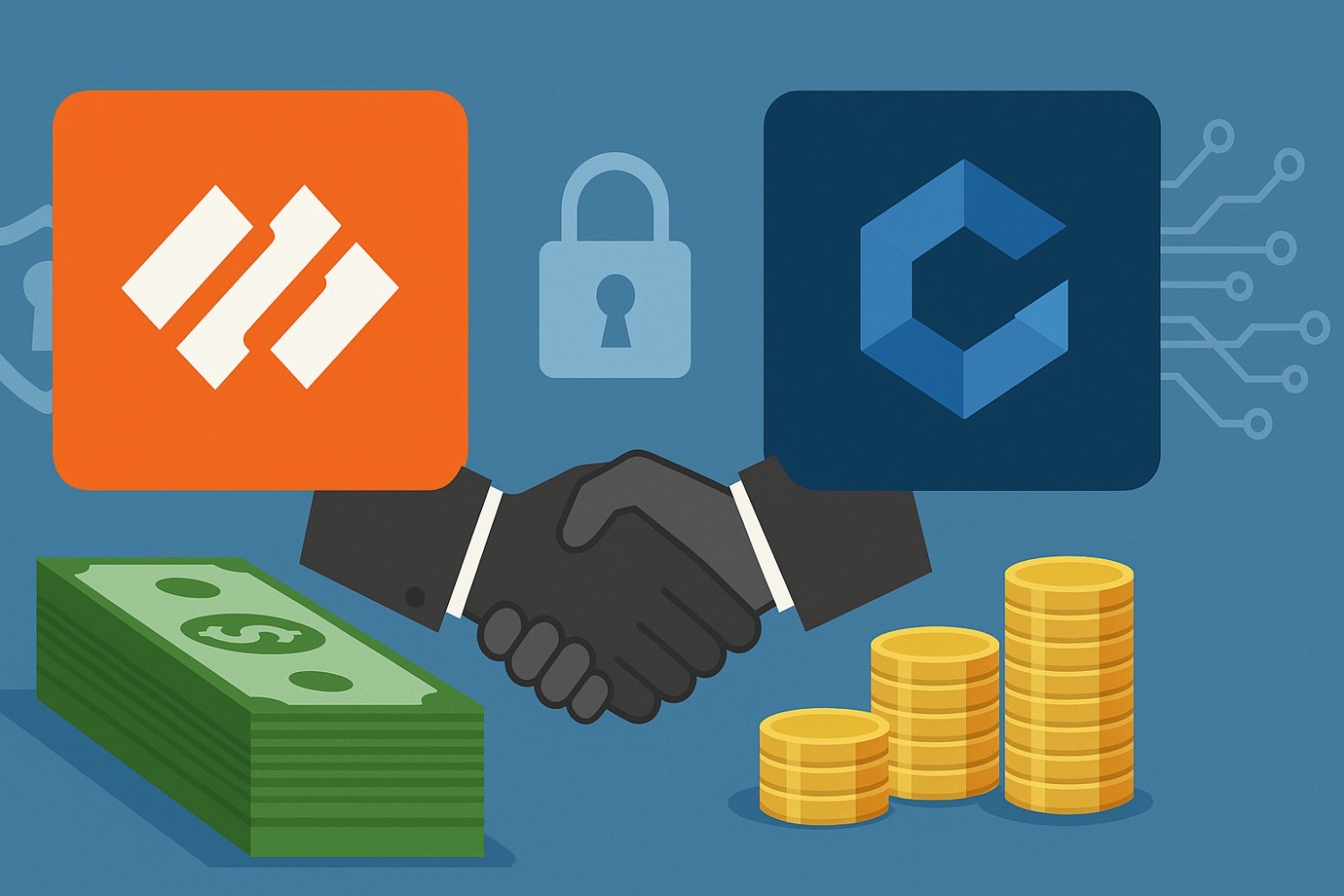Introduction: When Routers Become Weapons
Your home or office router is one of the most important devices in your digital life. It connects you to the internet, secures your traffic, and often runs quietly in the background for years without attention. But what happens when these “invisible” devices turn into weapons for hackers?
That’s exactly what happened with older TP-Link routers, where two major security flaws were discovered and actively exploited by a state-sponsored hacking group known as Quad7 (also called Botnet 7777). Attackers used these vulnerabilities to recruit routers into a botnet and launch broad password-spraying attacks against Microsoft 365 accounts.
Even though these routers were officially end-of-life (EoL), the flaws were so dangerous that TP-Link took the unusual step of releasing urgent firmware patches. If you own one of these devices, this is not just a recommendation—it’s an immediate security requirement.
What Happened: The TP-Link Vulnerabilities
In June 2025, security researchers revealed two critical flaws affecting older SOHO (Small Office/Home Office) TP-Link routers. These vulnerabilities included:
- CVE-2025-50224 – An authentication bypass flaw rated medium severity. Attackers could use this to steal router passwords and gain administrative access.
- CVE-2025-9377 – A remote command execution (RCE) flaw rated high severity. This allowed hackers to run arbitrary code on the router, effectively taking full control.
The danger wasn’t in each flaw alone—but in how they could be chained together. First, attackers stole credentials via the bypass bug, then used the RCE bug to implant malicious software on the router. From there, the device became a part of the Quad7 botnet.
Meet Quad7: The Botnet Behind the Attacks
Quad7 (aka Botnet 7777 or CovertNetwork-1658) is no ordinary malware operation. According to Microsoft and independent researchers, this botnet has ties to Chinese state-sponsored hackers.
Here’s how it works:
- Once routers are compromised, the botnet installs SOCKS5 proxy servers and backdoors on TCP ports 7777 and 11288.
- These routers are then used as stepping stones to carry out attacks, making it hard to trace the origin back to the hackers.
- Quad7 specializes in password spraying attacks—a technique where attackers try common passwords across thousands of accounts. Instead of brute-forcing one account, they spread attempts across many, reducing the chance of detection.
- Their primary target: Microsoft 365 accounts, which are widely used in businesses, schools, and governments.
What makes Quad7 particularly dangerous is its low-profile approach. Researchers note that the botnet often makes just one login attempt per account per day. This stealthy method avoids triggering most security alerts while slowly collecting valid credentials.
Why This Is Alarming
The TP-Link vulnerabilities matter for three reasons:
- Millions of Old Routers Still in Use – Models like the Archer C7 and TL-WR841N/ND may be outdated, but they are still widely used in homes and small offices. Many owners don’t realize their devices are unsupported.
- National Security Angle – This isn’t random cybercrime. The attackers are believed to be state-backed, raising concerns about espionage, long-term surveillance, and even attacks on critical infrastructure.
- Cloud Account Attacks – By targeting Microsoft 365, the botnet can compromise sensitive corporate data, emails, and files. One stolen account could give hackers access to an entire organization’s network.
TP-Link’s Unusual Move: Patching End-of-Life Devices
Most companies do not release updates for end-of-life hardware. But the severity of these flaws forced TP-Link to make an exception. Emergency firmware updates were issued for the affected models, and the company, along with CISA (Cybersecurity and Infrastructure Security Agency) in the U.S., urged users to update immediately.
What Users Should Do Now
If you are using older TP-Link routers like the Archer C7 or TL-WR841N/ND, here are the steps you must take:
- Update the firmware immediately – Visit TP-Link’s official website, download the patched firmware, and install it.
- Replace end-of-life routers – Even with patches, it’s best to upgrade to newer, supported models that receive regular security updates.
- Change router admin passwords – Use a strong, unique password that cannot be guessed easily.
- Disable remote administration – Unless absolutely needed, keep remote access off.
- Enable Microsoft 365 multi-factor authentication (MFA) – This ensures stolen passwords alone won’t compromise accounts.
- Monitor unusual activity – Look out for strange logins, especially from unknown locations or devices.
Wider Lessons for Cybersecurity
The TP-Link incident isn’t just about one brand or one botnet—it reflects bigger issues in the world of cybersecurity:
- Third-party vulnerabilities: Attackers often exploit overlooked tools or features (like parental controls) instead of attacking main systems directly.
- End-of-life risks: Millions of outdated routers are still online, creating a massive attack surface for hackers.
- State-sponsored persistence: Groups like Quad7 show that some attacks are long-term campaigns with global ambitions.
- Cloud account security: With so many businesses relying on Microsoft 365, even small breaches can have big consequences.
Conclusion: Don’t Let Hackers Play With Your Network
The Quad7 botnet’s exploitation of TP-Link routers is a wake-up call. What seems like an ordinary router sitting in the corner of your home can become a powerful tool in the hands of hackers.
The good news: you can protect yourself. By updating firmware, replacing outdated hardware, and enabling strong account protections, you close the door that Quad7 and similar groups are trying to pry open.
cybersecurity is about thinking ahead. Make your move before hackers make theirs.















